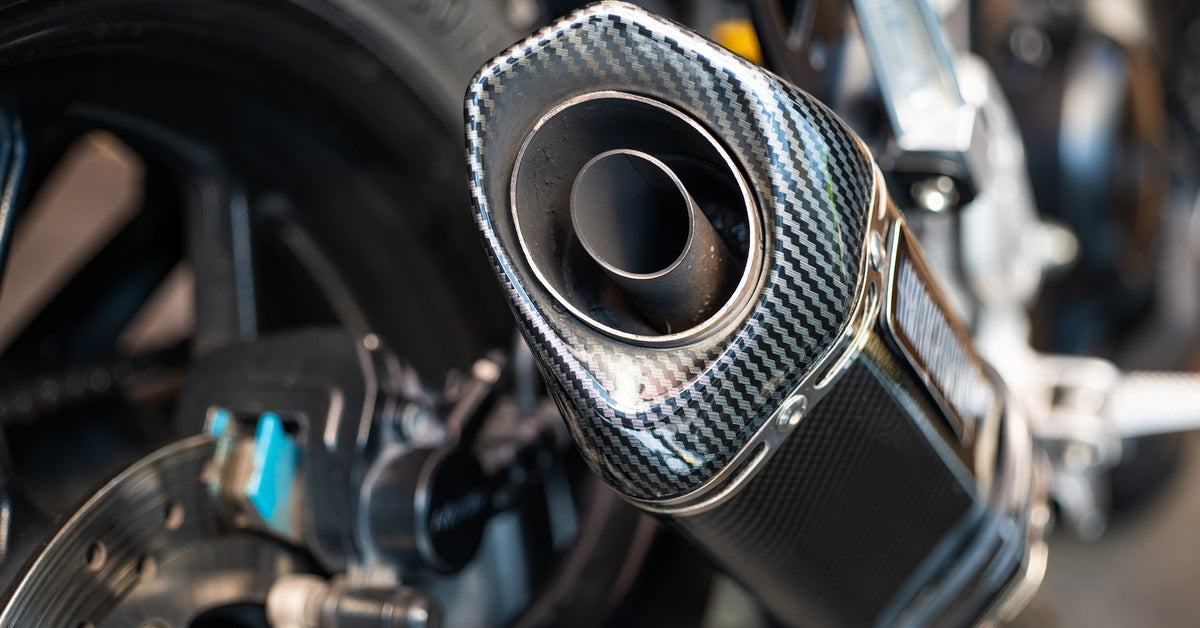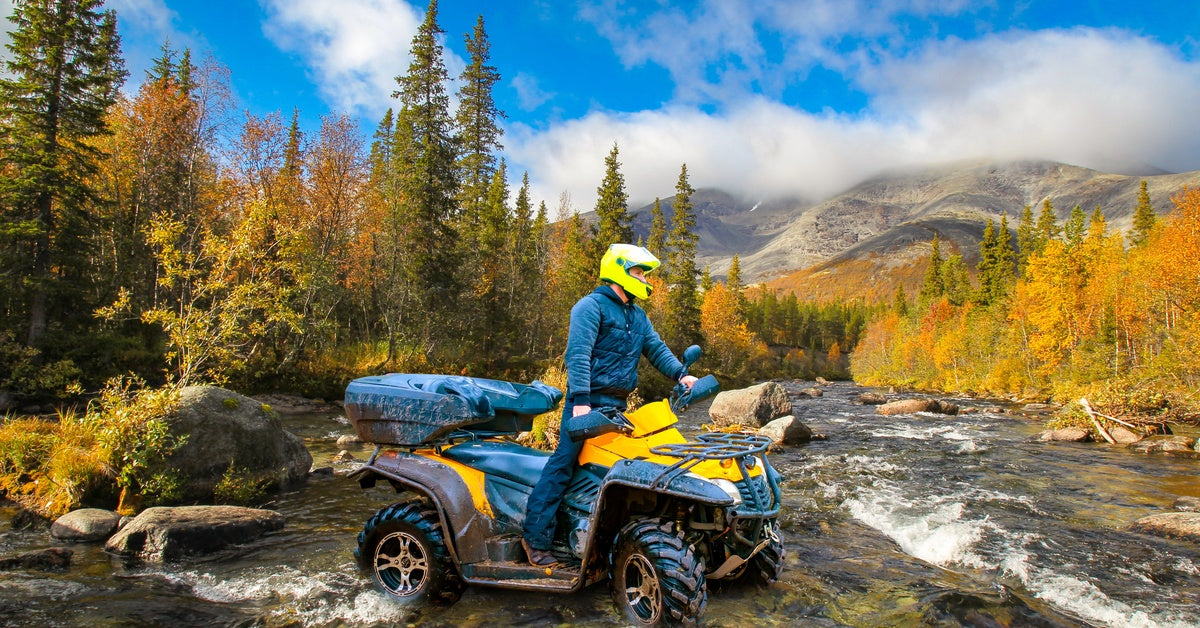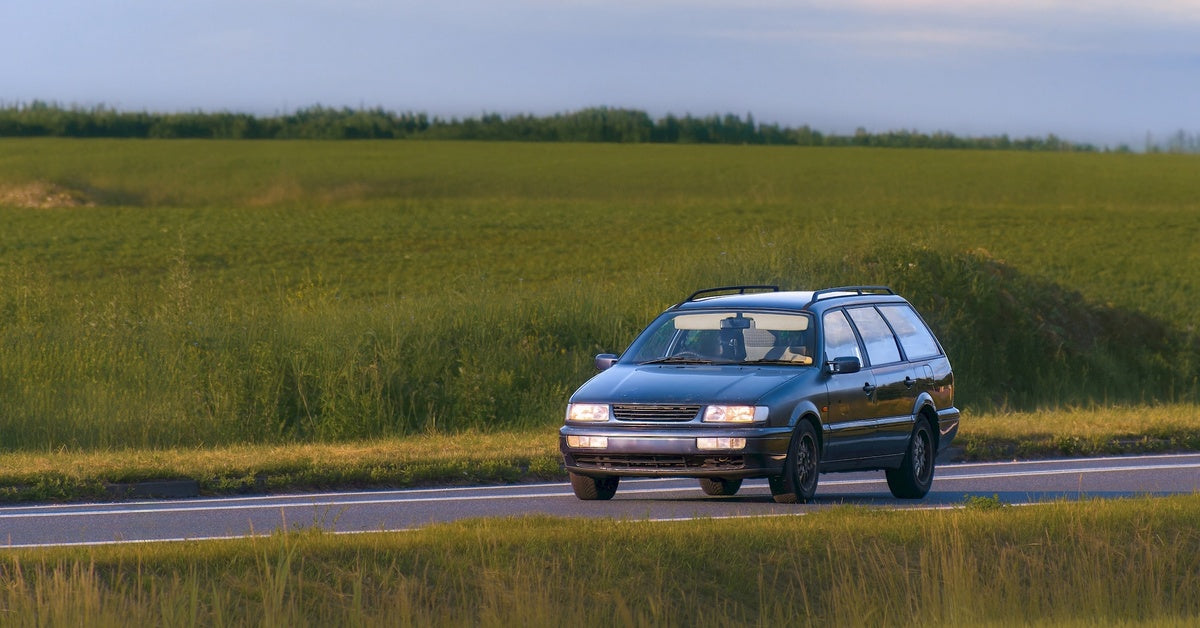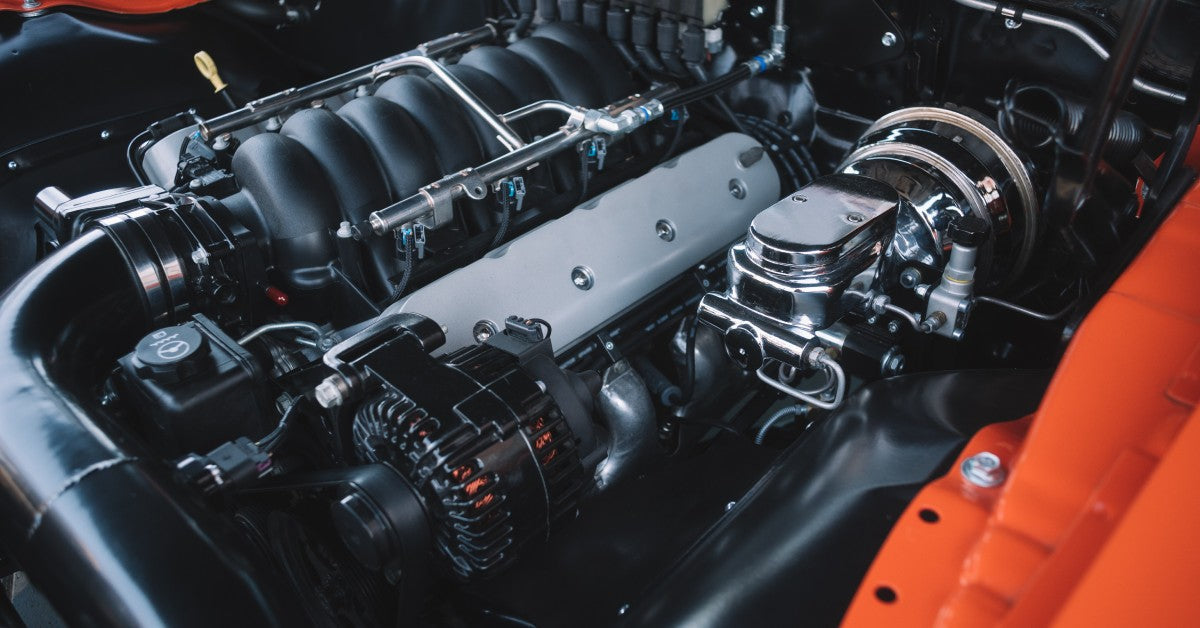

Well, that sucks. But perhaps all is not lost. Flooded vehicles often can be revived if you know what to do.
If torrential downpours this hurricane season have left your vehicle a soaked, soggy mess, you might not be totally out of luck. A flood-damaged ride can be revived if you handle it correctly. E3 Spark Plugs offers a few tips for safely resurrecting your car’s engine and electronics.
- Whatever you do, don’t try to start a flooded out car no matter its condition. You could cause a short circuit which, at best, will fry your car’s electronics or, at worst, start a fire.
- Carefully remove your vehicle’s battery, starting with the negative terminal. Then, turn on your headlights to fully drain any power that might remain in your car’s wiring circuit. If you’re handy with tools, remove the engine control unit (ECU), starter motor, alternator and A/C compressor, inspecting each for corrosion and cleaning them before replacing them.
- Check all fuses and relays, replacing any that no longer work. Do the same with all lights including your headlights, fog lamps, parking lights, brake lights, reverse lights, hazard lights and interior lights. Also make sure you can still blast that stereo and honk that horn.
- Remove your spark plugs and high-tension cables, drain your engine oil and remove and replace your air filter. Use compressed air to flush out all the old, watered down oils and replace with new oil.
With the plugs, coils and cables removed, install a new battery. Don’t be tempted to use the old one, no matter how great it looks. - Disconnect the fuel pump and ignition system fuse or wiring and crank the engine. This will flush out fluids that might have entered the combustion chamber.
- If you drive a manual, drain all transmission fluid. If you drive an automatic with a torque converter, you may need to use a fluid flushing device. Replace with new transmission oil.
- If your car has a transfer case or is rear wheel drive with a separate differential housing, flush out and replace the differential fluid.
Also be sure to drain, flush out and replace your suspension, brake and steering fluids. Other items you’ll need to check and clean or even totally replace include your clutch friction discs; axle boots, A/C blower motor and ducting; all upholstered interiors; gas tank; fuel pump and filter; tires and wheels.
Remember that both the Atlantic and Pacific hurricane seasons are in full swing and won’t end until November 30. Park on high ground if possible. Keep your gas tank full and keep a travel kit packed with a change of clothes, toiletries, nonperishable snacks, bottled water, etc. in case you have to evacuate.







